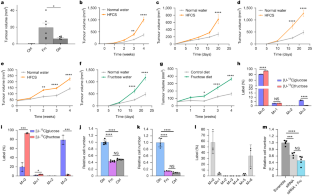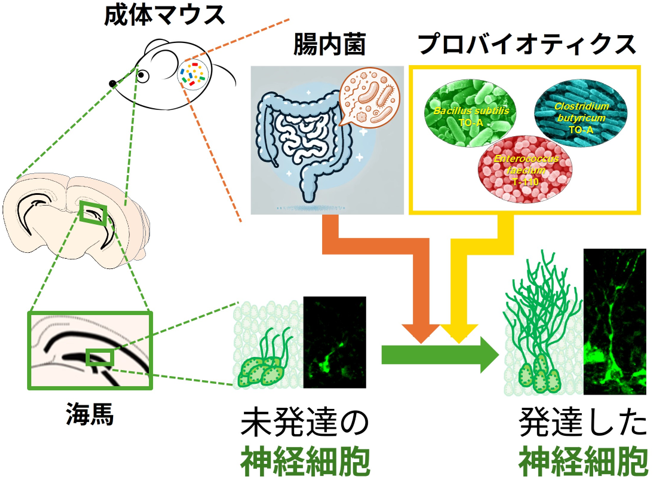2024-12-13 カロリンスカ研究所(KI)
 Illustration: Getty Images
Illustration: Getty Images
<関連情報>
- https://news.ki.se/combined-screening-can-detect-liver-damage-in-diabetes-patients
- https://www.thelancet.com/journals/langas/article/PIIS2468-1253(24)00313-3/abstract
2型糖尿病患者における網膜スキャンと併用した代謝機能障害関連脂肪性肝疾患による進行した肝線維症のスクリーニング:横断研究 Screening for advanced liver fibrosis due to metabolic dysfunction-associated steatotic liver disease alongside retina scanning in people with type 2 diabetes: a cross-sectional study
Andrea Lindfors, MD∙ Rickard Strandberg, PhD∙ Prof Hannes Hagström, MD PhD
The Lancet Gastroenterology and Hepatology Published: December 12, 2024
DOI:https://doi.org/10.1016/S2468-1253(24)00313-3
Summary
Background
International guidelines suggest screening for advanced fibrosis due to metabolic dysfunction-associated steatotic liver disease in people with type 2 diabetes, but how to implement these guidelines in clinical care remains unclear. We hypothesise that examination with VCTE could be implemented simultaneously with retina scanning with a high acceptance rate in people with type 2 diabetes.
Methods
In this cross-sectional study, we offered VCTE to people with type 2 diabetes referred to routine retina scanning in a large retina scanning facility in Stockholm, Sweden. We excluded people with type 1 diabetes, currently pregnant, with known liver disease, reporting high alcohol consumption, who did not speak Swedish, or younger than 18 years. Between Nov 6, 2020, and June 20, 2023, we conducted surveys with included participants and collected data from medical records on diabetes retinopathy, sex, and VCTE measurements. Increased liver stiffness was defined as at least 8·0 kPa, and possible advanced fibrosis as more than 12·0 kPa. Presence of metabolic dysfunction-associated steatotic liver disease was defined as a controlled attenuation parameter (CAP) value of 280 dB/m or higher. Participants with a liver stiffness measurement of at least 8·0 kPa or those with unreliable measurements were subsequently referred for a secondary evaluation at a liver specialist, including a follow-up liver stiffness measurement with VCTE. The primary outcome was the proportion of eligible people approached for screening who accepted. Secondary outcomes were the prevalence of elevated liver stiffness (≥8·0 kPa or >12·0 kPa), presence of metabolic dysfunction-associated steatotic liver disease, and the proportion of elevated liver stiffness readings at the first VCTE examination that were not elevated in the secondary evaluation with a liver specialist. Secondary outcomes were assessed in all participants who accepted screening, except false positives, which were assessed only in participants who had a second examination.
Findings
1301 participants were eligible to undergo assessment with VCTE, which was accepted by 1005 (77·2%). 973 (96·8%) participants had complete measurements, of whom 504 (51·8%) had CAP values of 280 dB/m or higher, indicating metabolic dysfunction-associated steatotic liver disease. Of 977 participants with reliable liver stiffness measurements, 154 (15·8%) had values of at least 8·0 kPa, suggestive of liver fibrosis, and 49 (5·0%) had values higher than 12·0 kPa, indicating possible advanced fibrosis. However, upon reassessment with a second VCTE after referral, 56 (45·2%) of 124 individuals had values less than 8·0 kPa. 74 (7·4%) of 1005 participants had a final liver stiffness of at least 8·0 kPa; 29 (2·9%) had values greater than 12·0 kPa.
Interpretation
Simultaneous examination with VCTE alongside retina scanning had a high acceptance rate among people with type 2 diabetes and could be a strategy for case-finding of people with fibrosis due to metabolic dysfunction-associated steatotic liver disease. However, a high proportion of participants in our study with elevated liver stiffness measurement at the screening visit did not have an elevated liver stiffness measurement at secondary evaluation, suggesting false-positive findings were common.
Funding
Gilead Sciences, Pfizer, Region Stockholm, Åke Wiberg Foundation, and Bengt Ihre Foundation.


